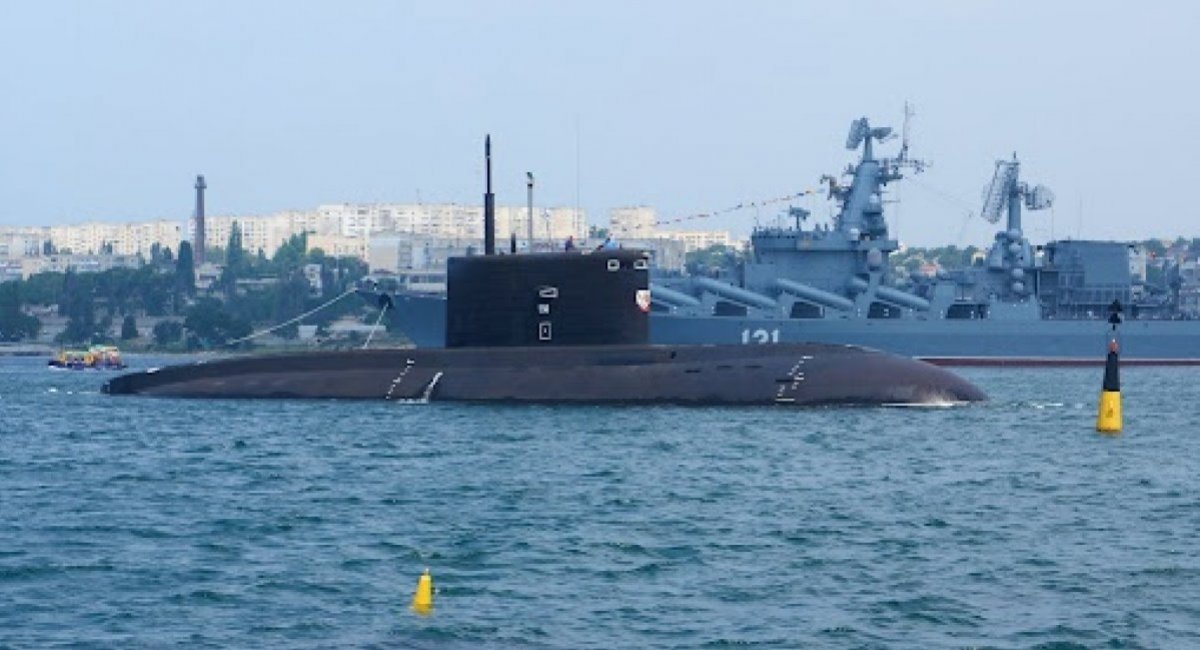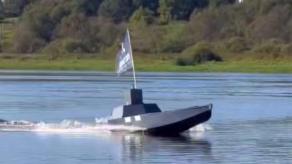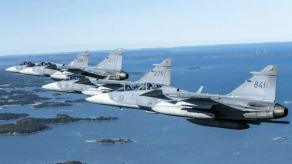Satellite images of the russian Black Sea Fleet naval base in occupied Sevastopol have been published online, showing the scale of measures attempted by the russian Ministry of Defense and armed forces to conceal the Rostov-na-Donu submarine. More specifically, the fact it sank after a Ukrainian long-range strike, as reported by the General Staff of the Armed Forces of Ukraine.
While the actual submarine was still submerged where it got hit, the russians built a wooden scale model, as noticed by OSINT analyst MT_Anderson.
Read more: Rostov na Donu Finally Sunk: Attack by Defense Forces of Ukraine Brought Unexpected Results
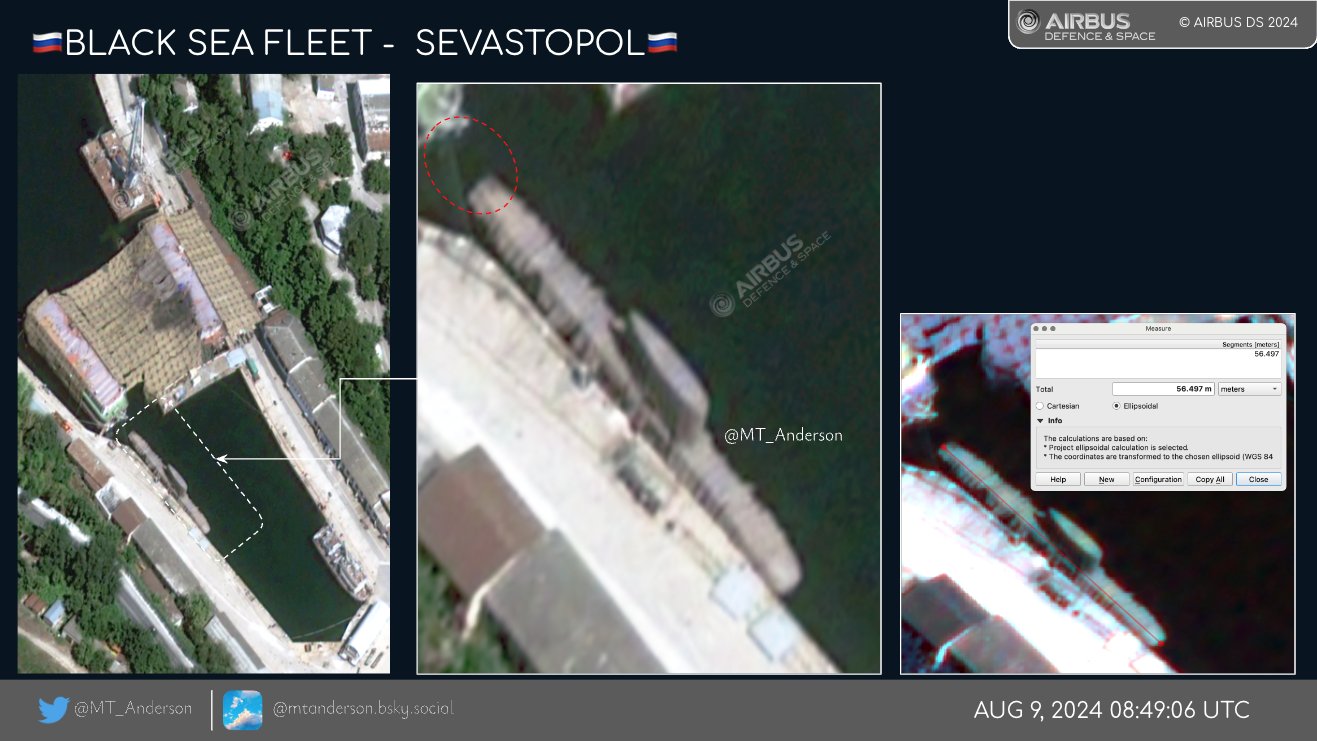
Although the expert praises the artists who "are way more talented than the painters at the RuAF airbases," the quality of this decoy is too low to take it for the real combat unit. Besides lacking details, this dummy is only 56 meters long (almost 180 feet), as clearly visible in the satellite images. The size of an actual Project 636.6 submarine (known as Kilo-class in NATO) is 73.8 meters.
Considering the possibility russia wanted to disguise any other submarine, like Project 877, represented in the Black Sea Fleet by the B-871 Alrosa, the discrepancy is still present: the original is 72.6 meters long.
Another interesting detail is how the russians hid the actual Rostov-na-Donu. They put tarps and camouflage on top of it. Possibly, they were trying to create an impression of repairs going on the submarine. The prospects of repairing it in practice are not promising, however.
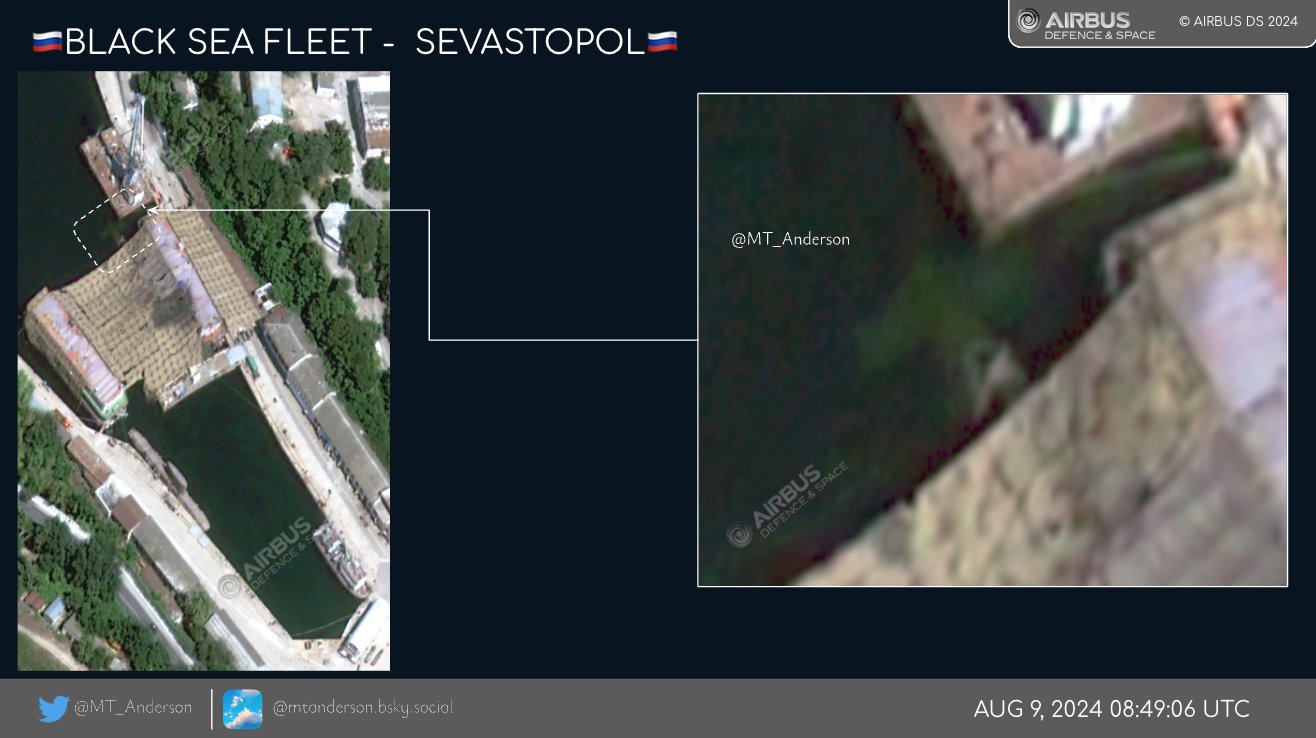
Notably, the russian military puts in these efforts but doesn't try to salvage the sunken submarine as they did with other damaged vessels previously. This is indicative of the fact they are not capable of doing it at this point, the primary reason being the cumulative effect of Ukrainian operations aimed at neutralizing the Black Sea Fleet of russia.
Read more: In 24 Years Since the Kursk Submarine Disaster, russians Haven`t Built Enough Rescue Vessels




